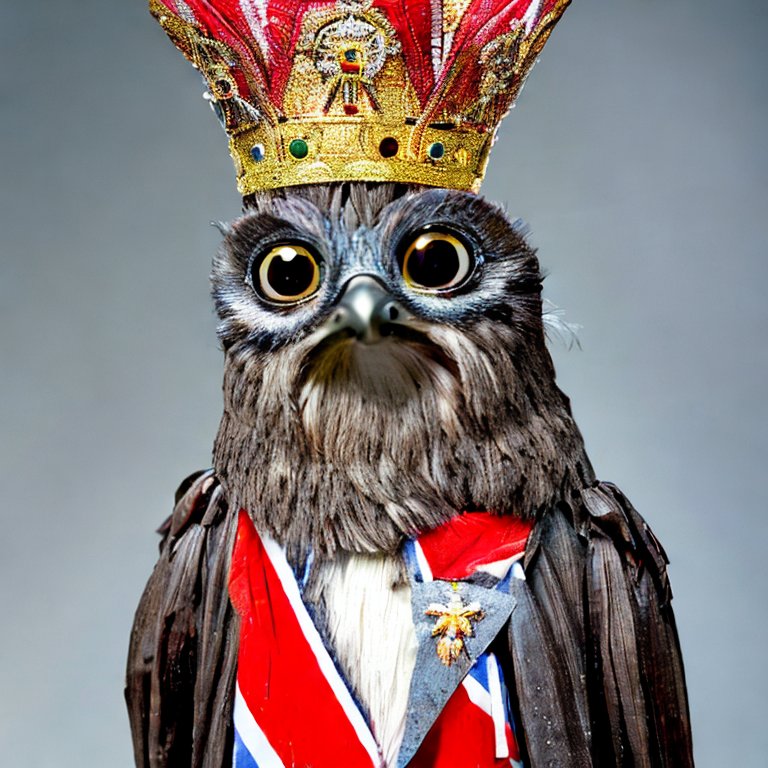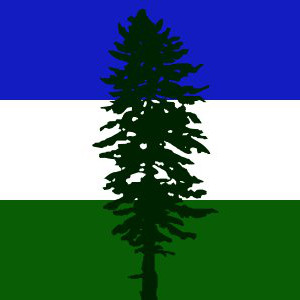It makes more sense if you understand that the “thorn” (Þ) is pronounced “th”.
Interestingly, the thorn was in pretty common use until the printing press took off because most of the presses in England were imported from France and Germany, neither of which used the thorn so their typefaces didn’t include one. For a while people used ‘y’ in place of the thorn (hence “ye olde”), but eventually it fell out of use all together
May we all be nat eton.
Thought I was reading Dutch there at first. But it was just idiot
A frog is a wee beast with four legs which lives both in water and on land. He is brown, green, or yellow, or if he is tropical, he may be diverse colors. He has lungs and gills both. He haches from an egg and he then is a tadpole. He grows to be a frog if he is not eaten.
arguably if you’re translating then “wee beast” should be “small animal.”
I thought this was a really secluded and niche Scots dialect before realising it was just old english.
ġīese, is eald Englisc; ac nis Eald Englisċ; hwæt ic cweþe hát Eald Englisċ.
Sé mema is on Middelenglisċ.
If anyone is having trouble reading this, it might help to know that “þ” is the same as “th”. That’s more widely known than it used to be, but it’s still pretty niche.
adding onto this, that weird f looking letter in “beeſt” is actually a long S. So it’s read as “beest”

Oh no did this mean frogge is just a wee lil beast 🥺
a wee beest with foure legges bop on water and on lond 🥺




